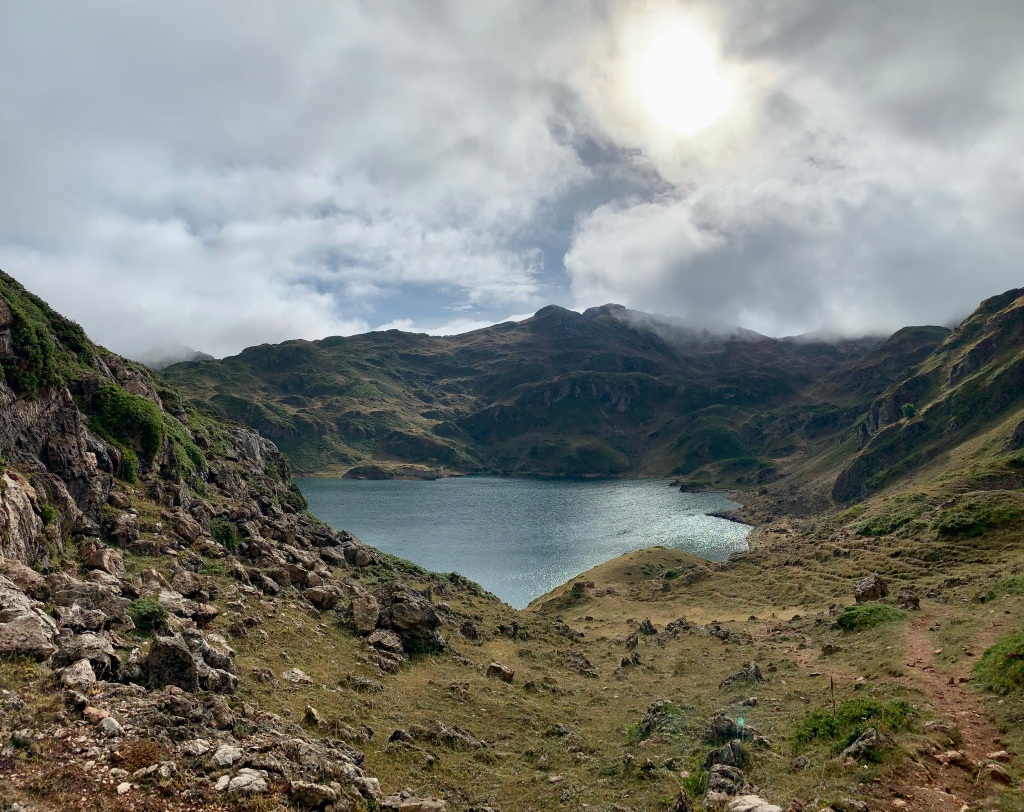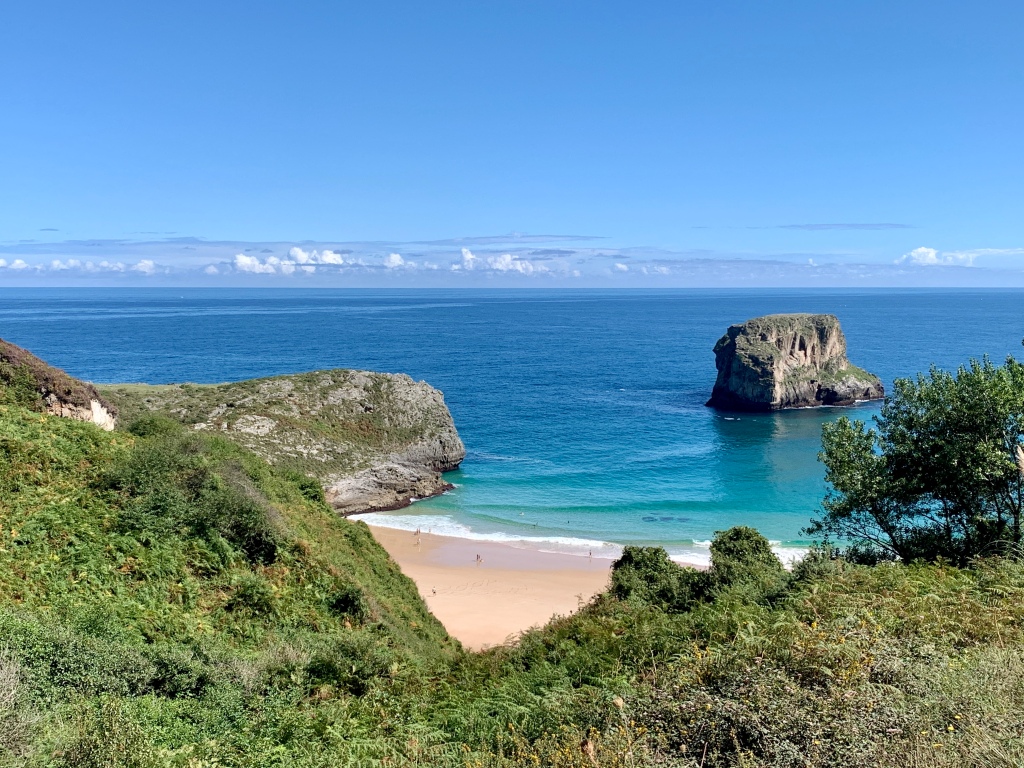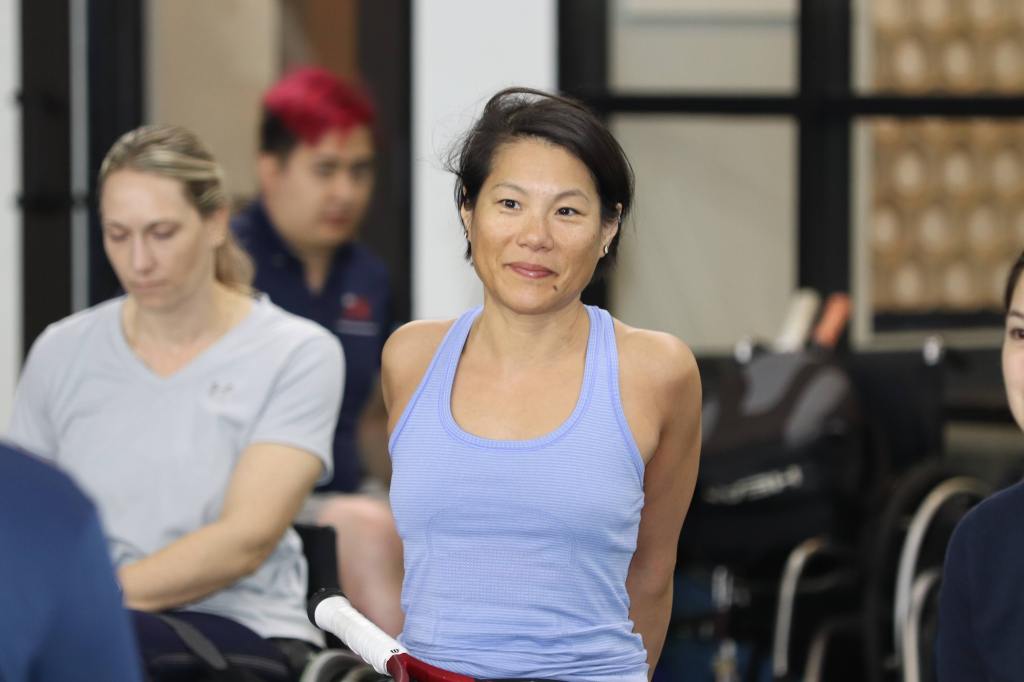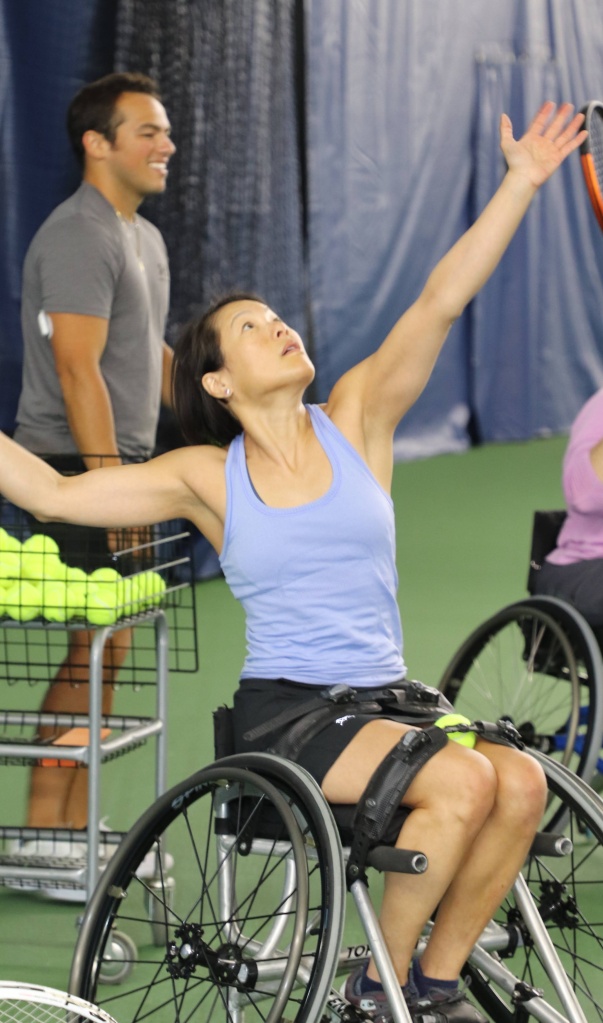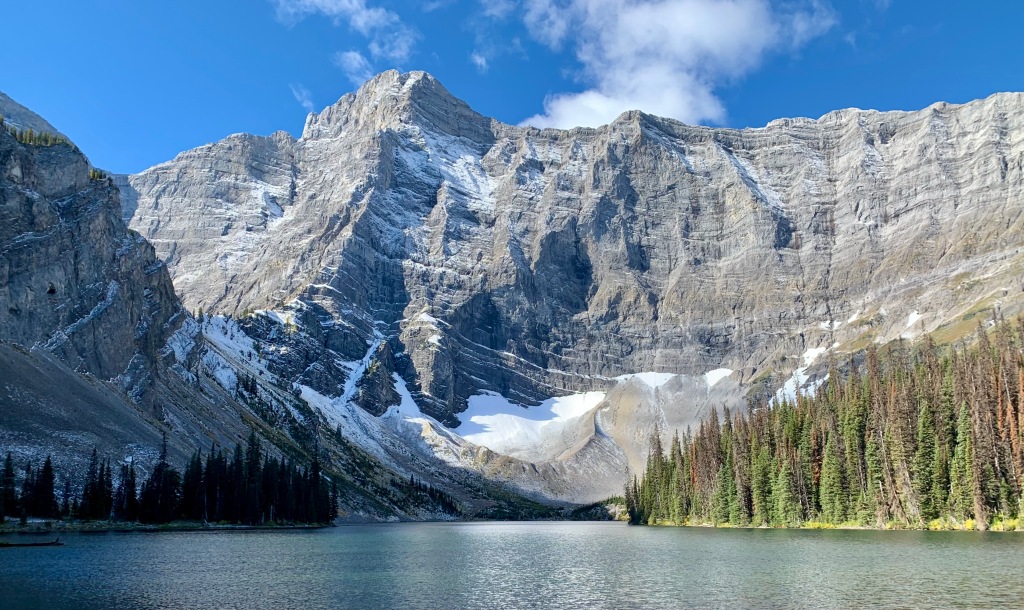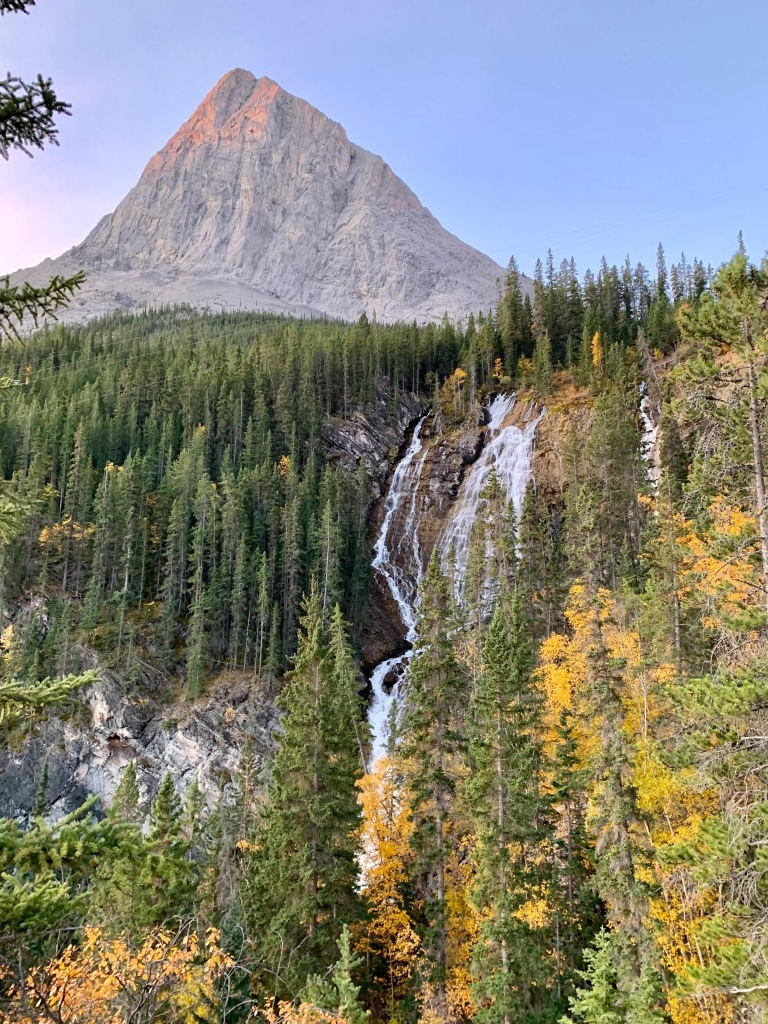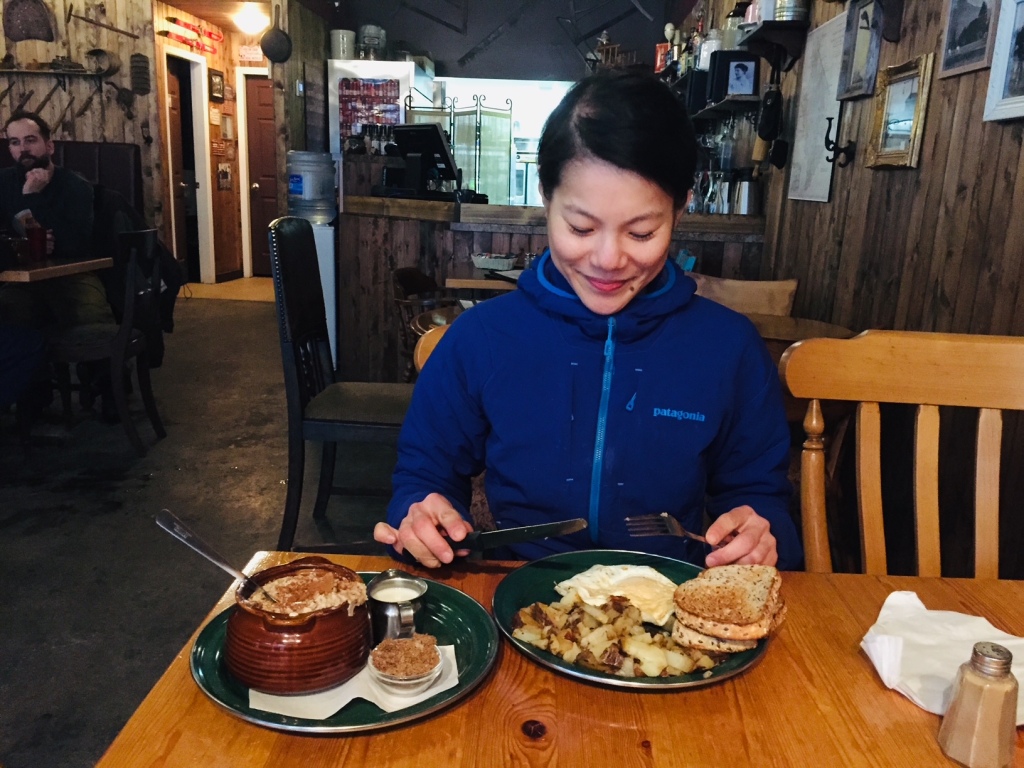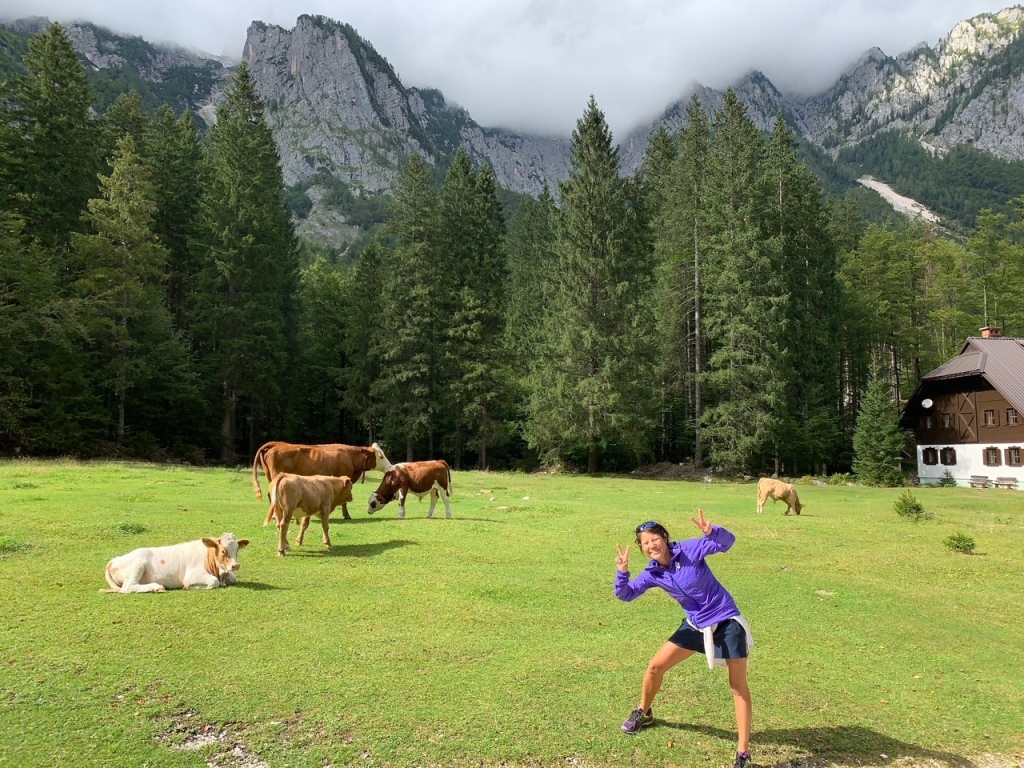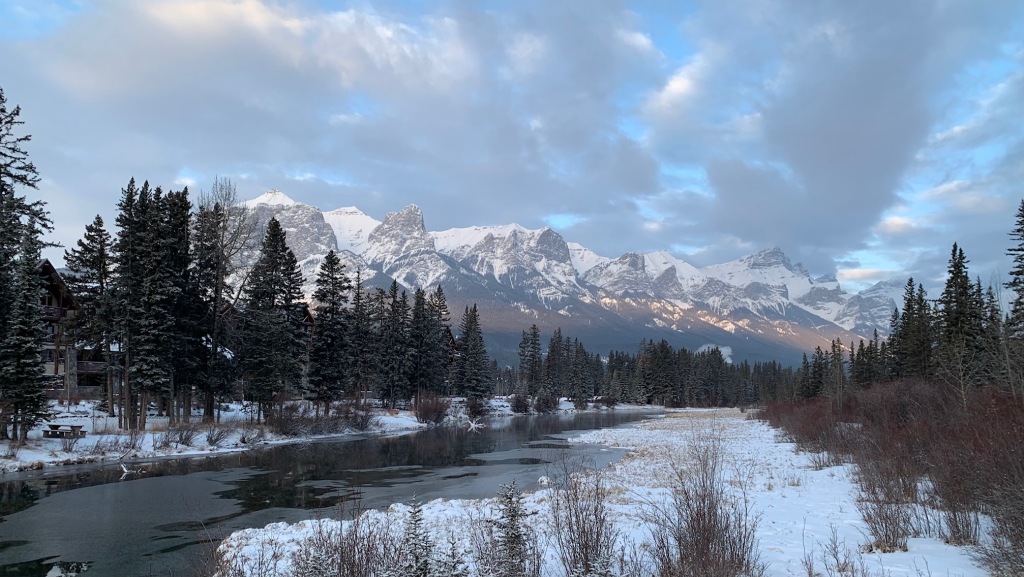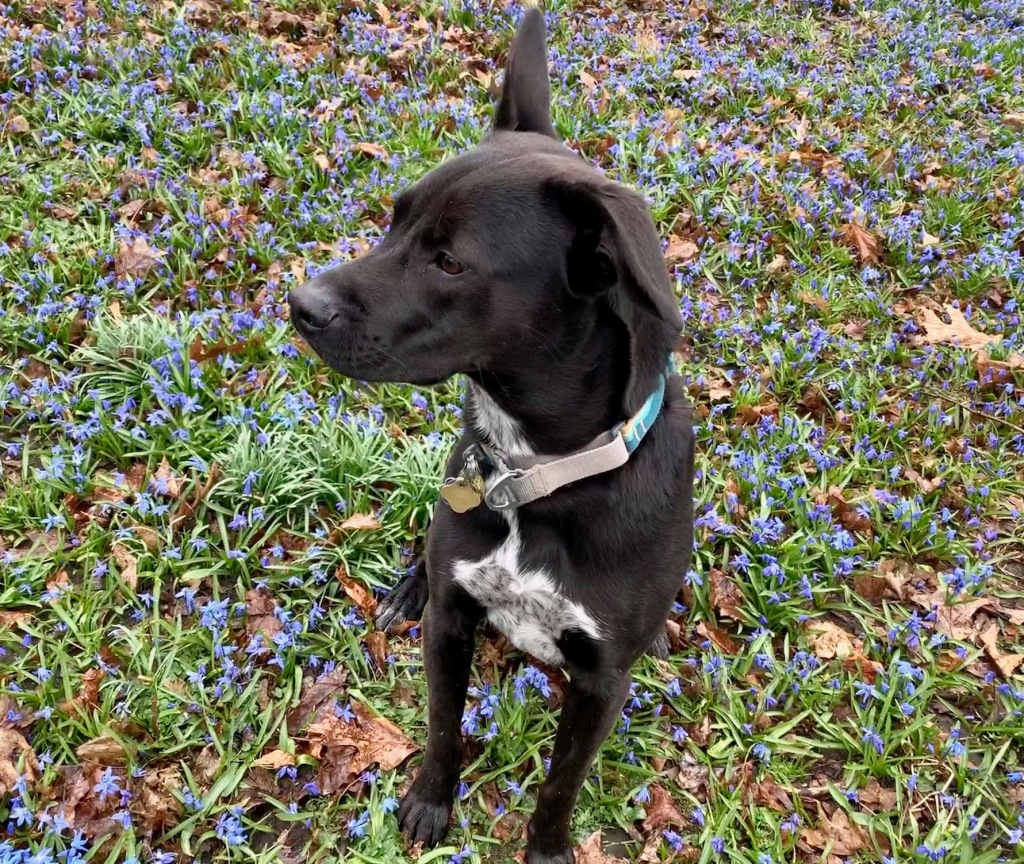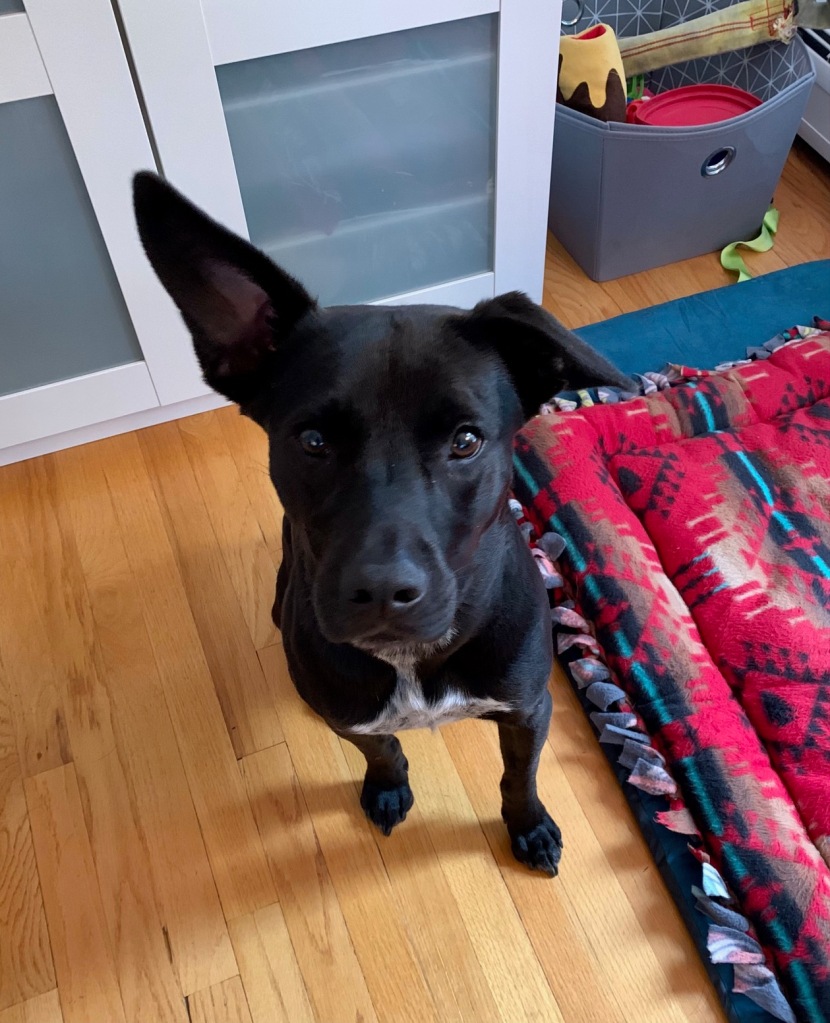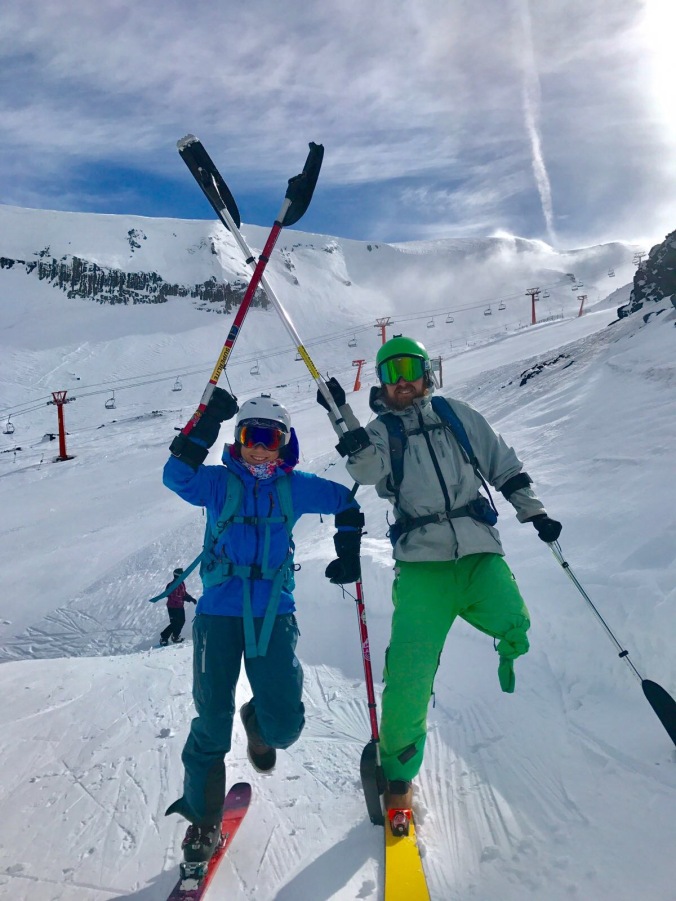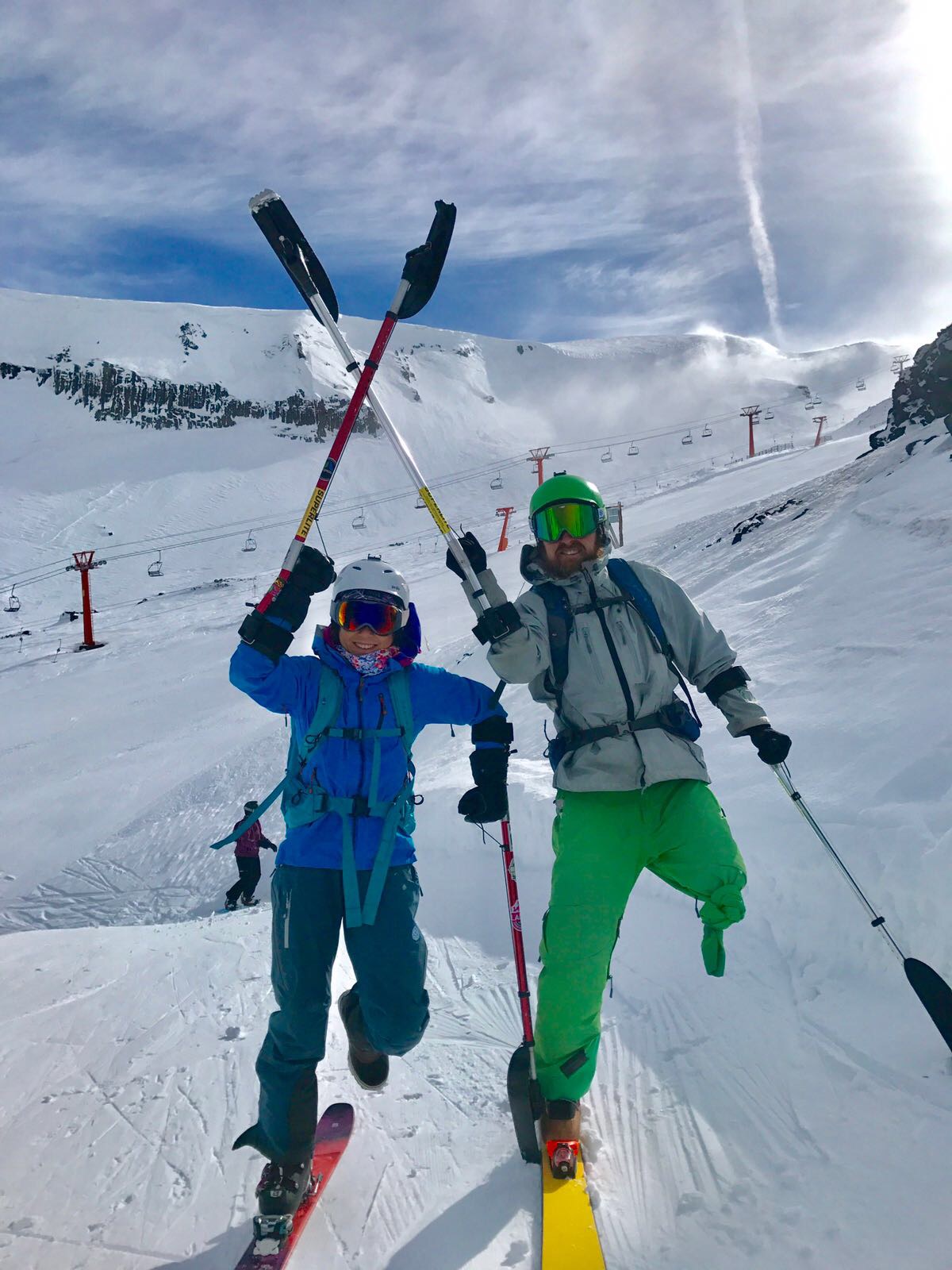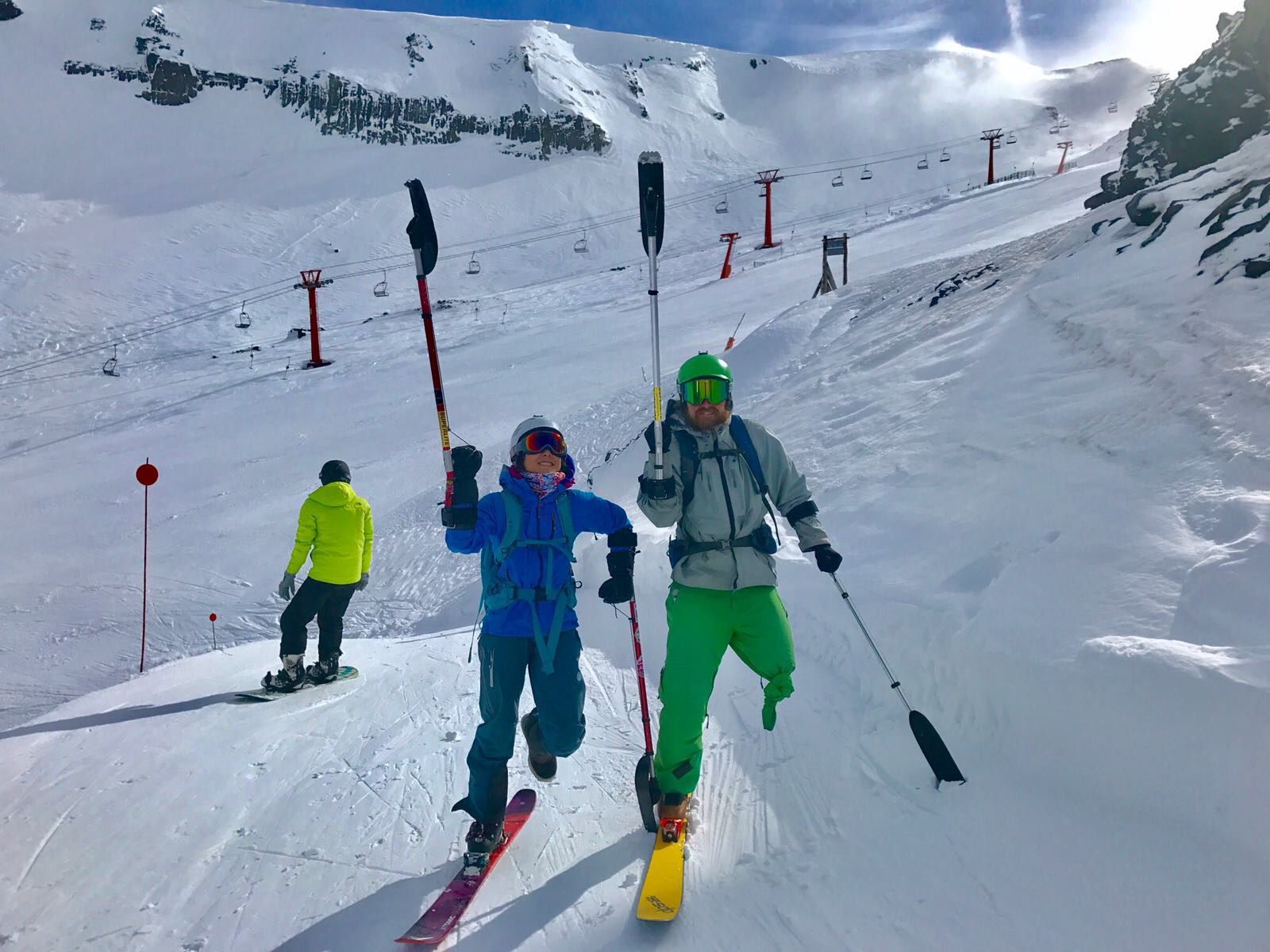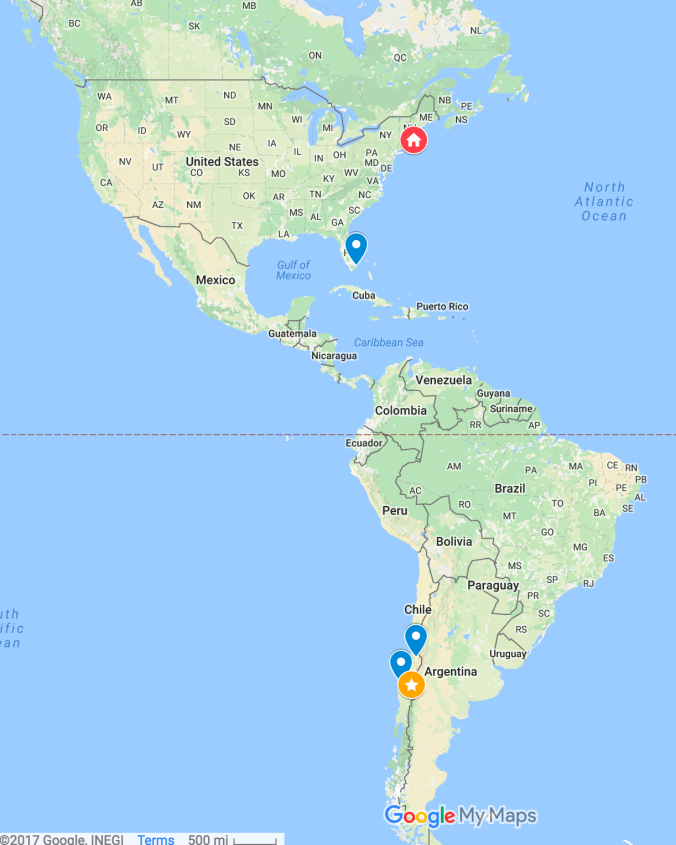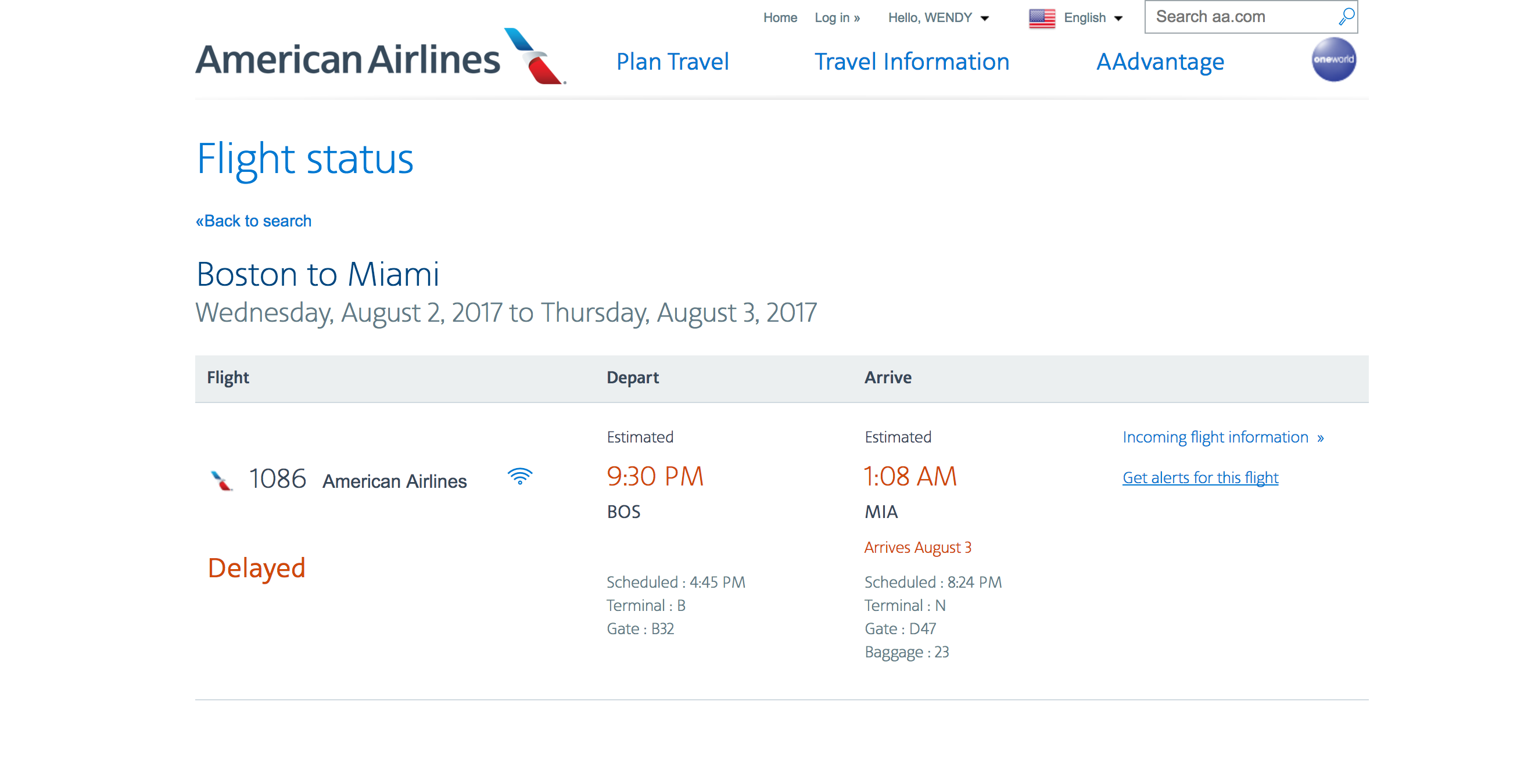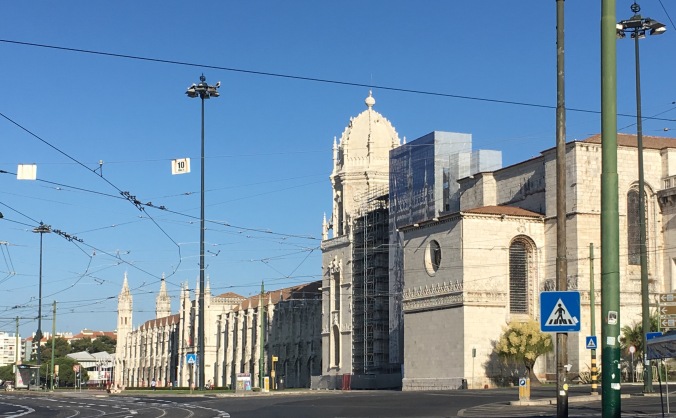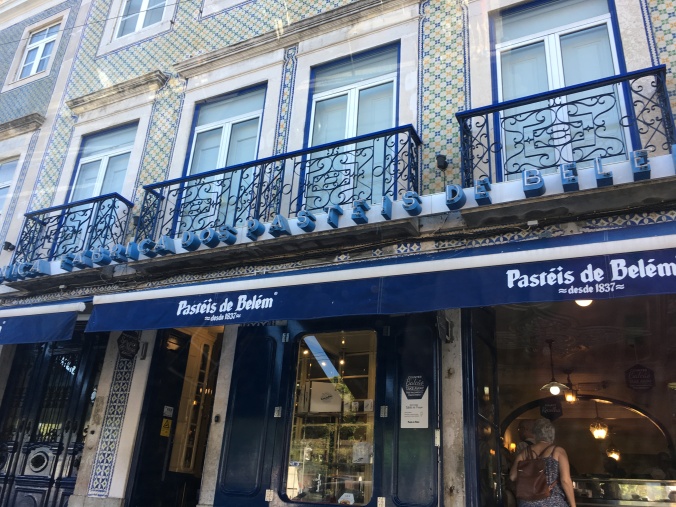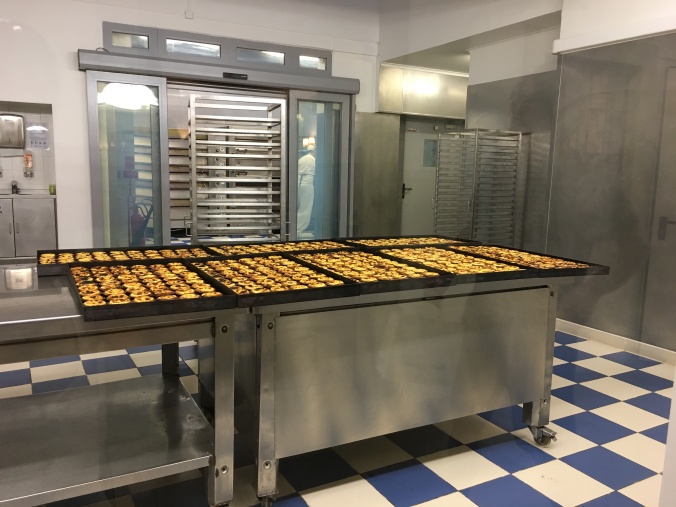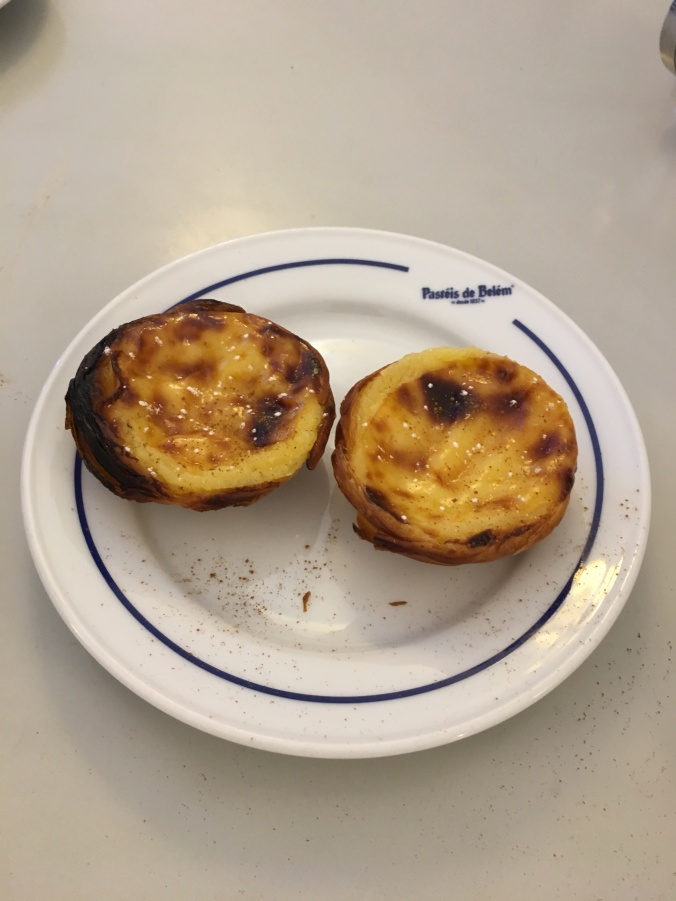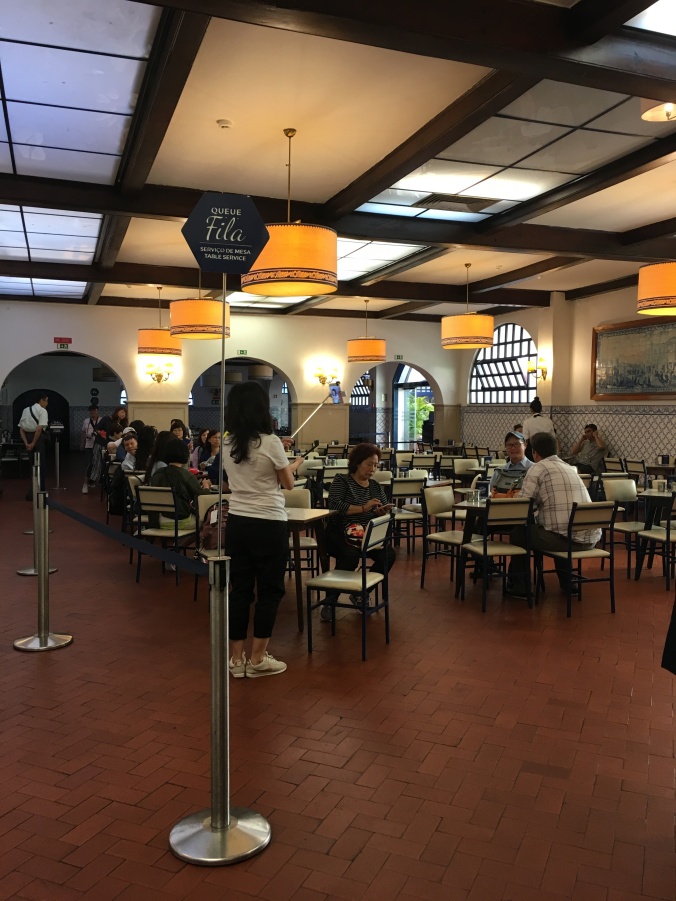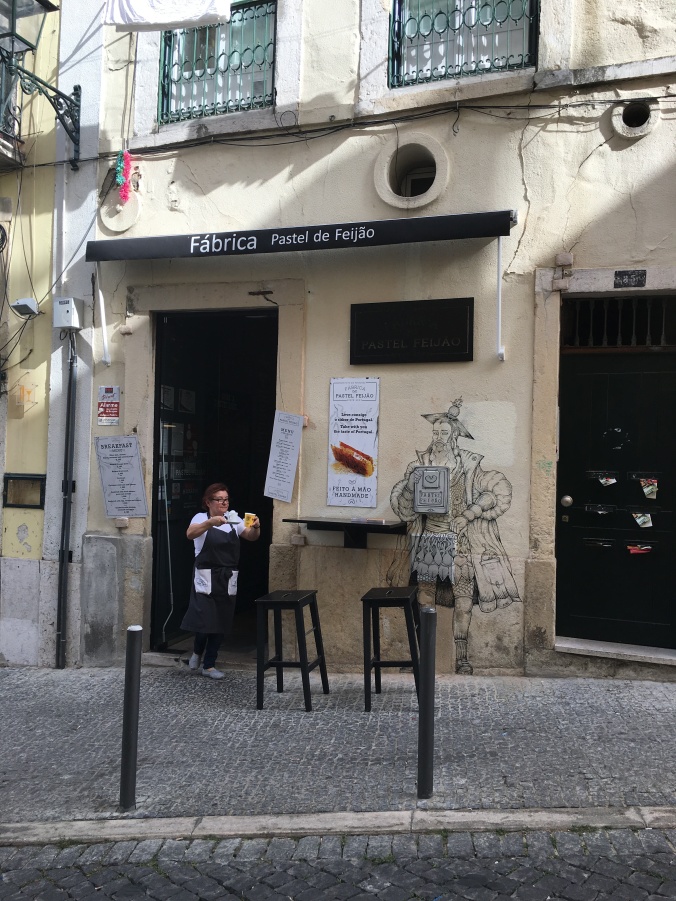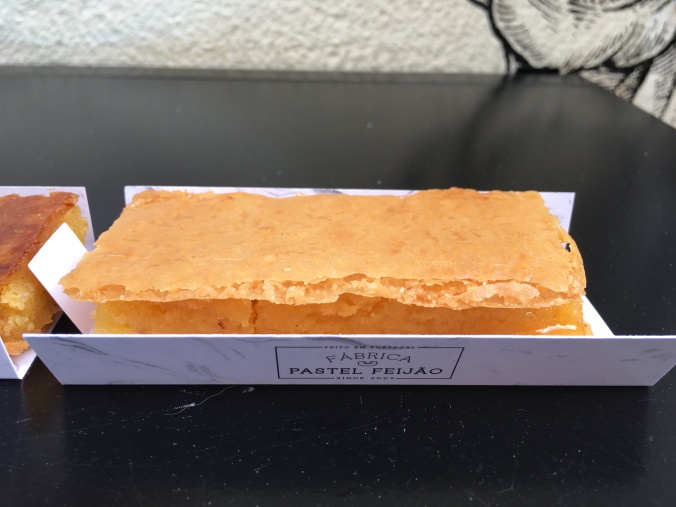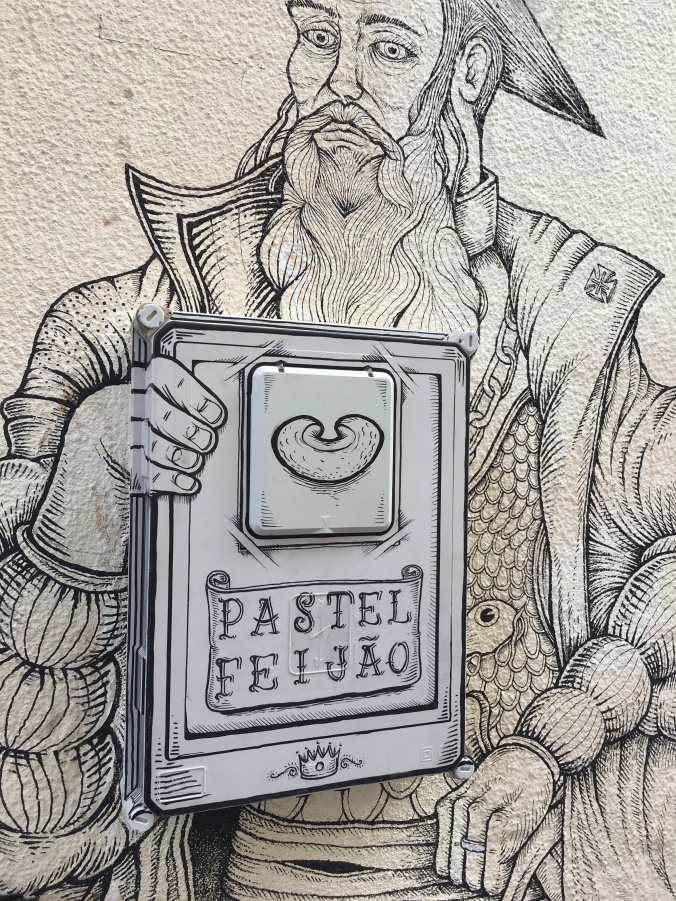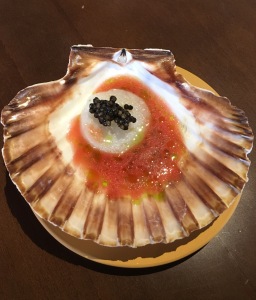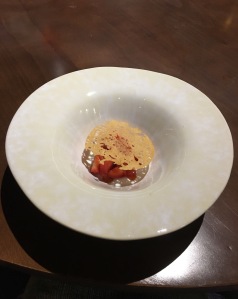This is a difficult post to write. The severe pain, which started in the early Summer, turns out to have a severe underlying explanation. I have adjacent segment disease, where the vertebrae adjacent to a spinal fusion are degenerating. In my case, as I am fused from T12-L4, my L4-L5 vertebrae are doing things they shouldn’t be doing. In my case, L4 is sticking way the hell out (the medical term is anterolishesis) and in my MRIs it looks like I am about to topple over. The arthropothy and anterolisthesis in my L4-L5 has created severe stenosis, which is why I have been experiencing this pain. The neurosurgeon proposed (strongly suggested) a spinal fusion of L4 to my pelvis because if they just fused L4 and L5, the same thing would happen all over again with the next verterba down. The surgery was initially going to be ~4.5–5.5 hrs, but a CT scan revealed one of the screws in my existing hardware is loose (through no fault of the surgeon; it is just because L4 is failing), so they have to go in and replace all of the screws. This will make the surgery last more like six hours. In order to avoid all the scar tissue I have in my back, the neurosurgeon is going to first go in via the front. I don’t think I will feel good each time I have to look at that scar :( Then they have to flip me over and go in through the back to screw and replace screws. The recovery time is long: three months until you can return to any light clerical work (due to pain and fatigue) and around 8-12 months for full recovery.
When I first saw my MRI, even before I met with the neurosurgeon, I thought the situation was much less severe and that they would just need to do a laminectomy and L4-L5. Aren’t you so glad you are learning all this terminology? Even that made me cry initially. The neurosurgeon’s diagnosis hit me very hard. I cried and cried because I could recall the pain (spinal fusion is one of the most painful surgeries to recover from), being in the hospital with the thin sheet as a blanket in agony. But really, I cried because I felt like my world had grown smaller because of activities I will have to avoid. I only recently realized that there is a lot of medical trauma I have yet to process. For example, there is something about lying prone on my front and having sharp things, like needles and blades (acupuncture doesn’t count), against my low back. I recently had a caudal epidural steroid injection to try and help alleviate the pain, and I, spontaneously, started crying in the middle of the procedure. I explained to the doctors I was crying for emotional reasons, not because of pain.
But as I write this blog post, I am feeling calmer about things (I would not go so far as sanguine). This experience has made me think of meaning-making. In this context, it can be defined as the ability to find meaning in hardships and incorporate them into your life story. This aids resilience because it gives those hardships purpose. I am trying to think of how I am going to grow from this (enormous) life road bump, thrive even. I was able to do so after my big accident, but I am not sure I have the same fight in me at 42 years old as I did when I was 29. Maybe I should not view this surgery and its recovery as a battle. But even if I have accepted all this, how should I move through this experience? It is certainly not going to be with grace or extreme stoicism. I feel like all I can do is accept that this is going to be very very hard, but when times are particularly tough (i.e., painful), I can remind myself that this is not permanent and that the pain, feelings of helplessness, etc., will pass. All this has the potential to help me improve the traits of adaptability, hope, and self-esteem. Ideally, I will use a growth mindset to process these difficulties and trauma.
